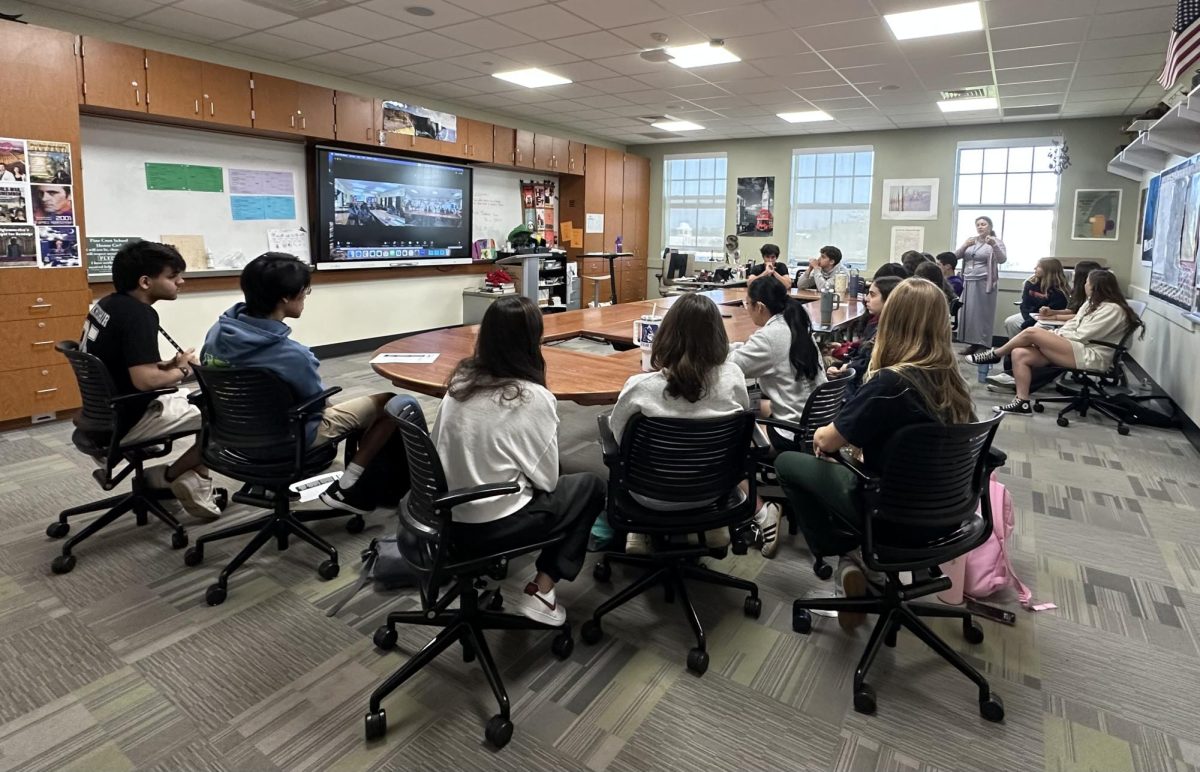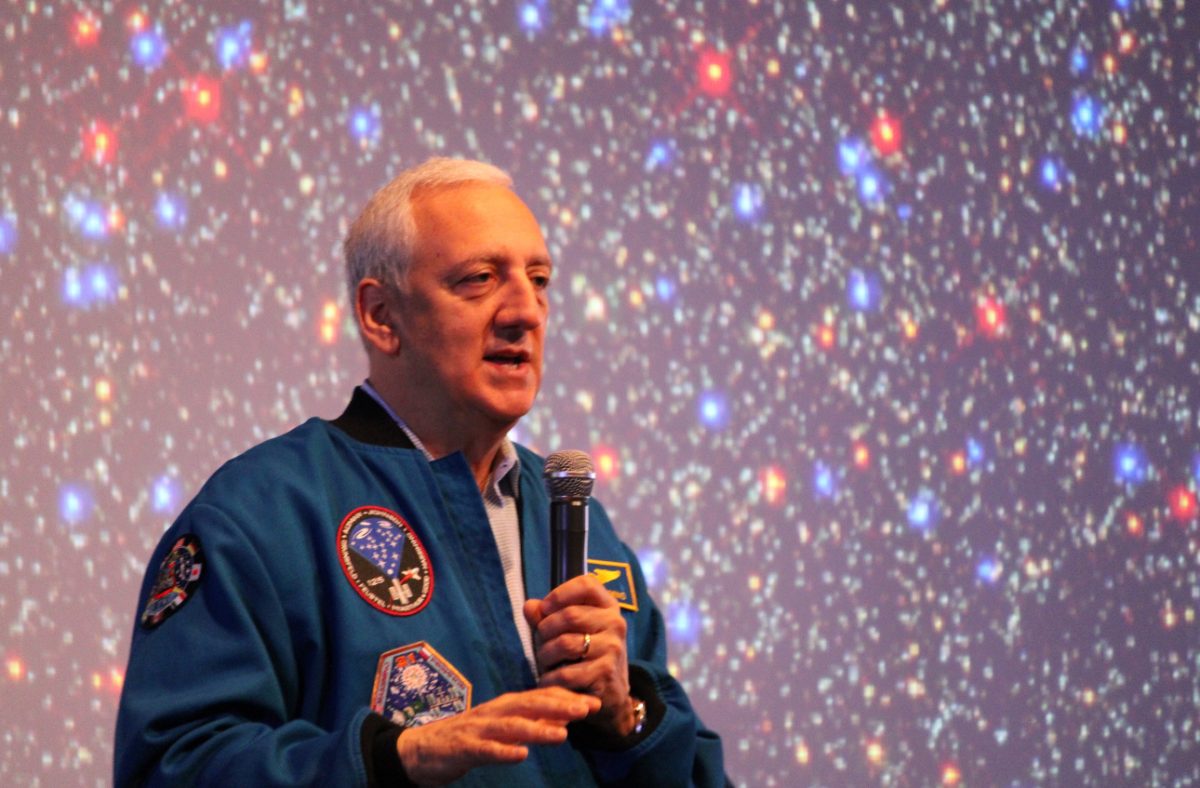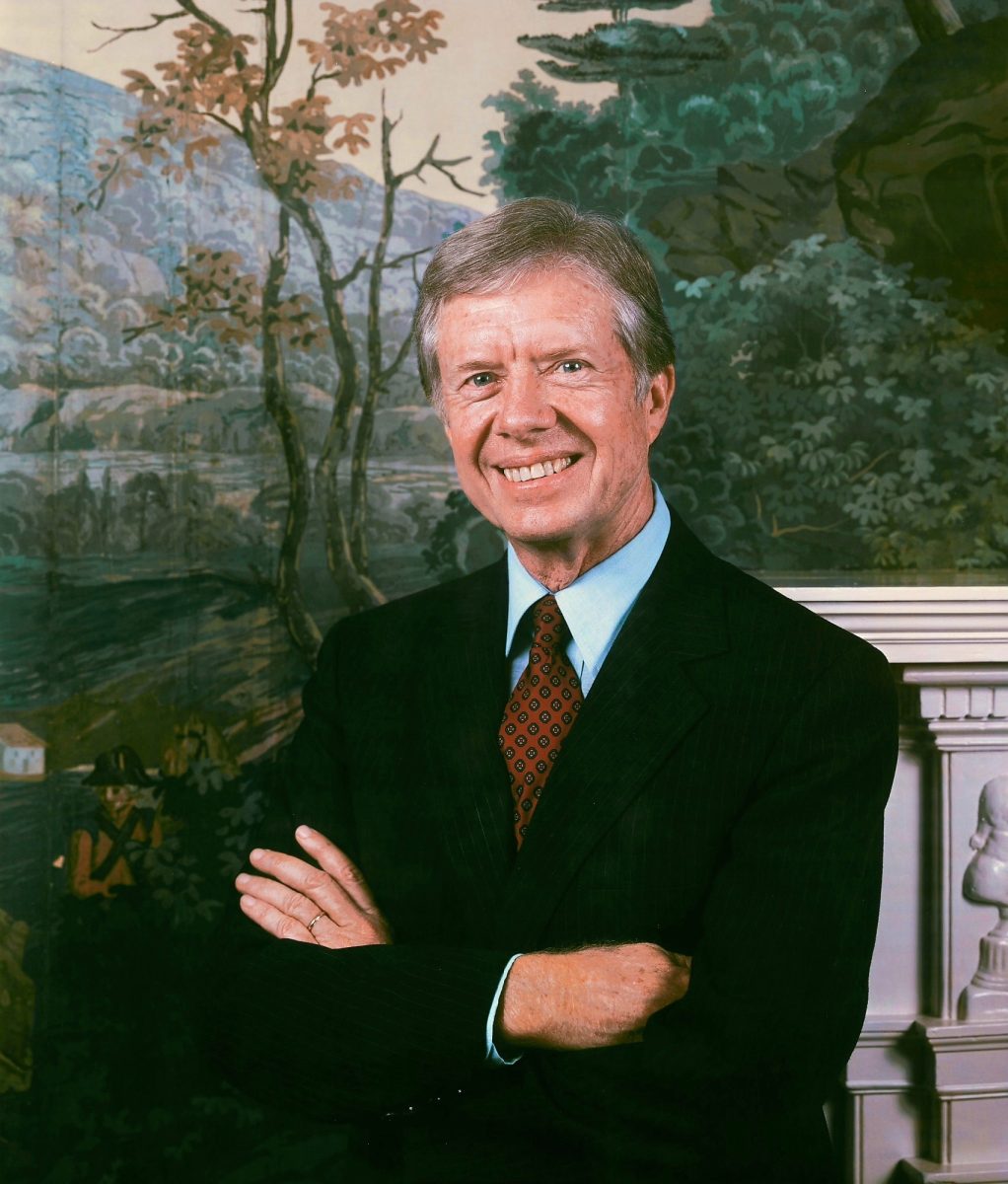[ot-caption title=”President Obama speaking on the recovering housing sector at Central High School in Phoenix, Arizona. (Via Gabe Skidmore, Flickr/CC BY SA 2)“]
With president-elect Donald Trump’s inauguration later this week, Americans are looking back on the past eight years, with many mixed emotions. As the end of Obama’s presidency comes to a close, social media has blown up with sentimental memes, humorous short clips, and heartwarming photos of President Obama and Vice President Joe Biden. Many high school students were too young to follow the start of Obama’s presidency when he took office in January 2008; let’s recap both his terms in the Oval Office to understand what his legacy will look like for generations to come. [spacer height=”20px”]
2009[spacer height=”20px”]
Obama signed the $787 billion American Recovery and Reinvestment Act which stimulated economic growth amidst the most severe recession since the Great Depression. As part of this stimulus, he invested $90 billion in research on clean energy technology such as smart grids, electric cars, and biofuels. [spacer height=”20px”]
2010[spacer height=”20px”]
Obama signed the Affordable Care Act, giving more than twenty million Americans health coverage and achieving what the past five presidents failed to do during their terms. Many claim that this act had its problems and would argue that it actually was one of the greatest failures of his presidency with rising premiums, but that decision will ultimately have to be made in the future upon reflection of his time in office. [spacer height=”20px”]
In light of the malpractices of the financial sector that caused the Great Recession, he also signed the Dodd-Frank Wall Street Reform and Consumer Protection Act, which re-regulated the financial sector and placed more restrictions on capital requirements, the profit large banks are able to make through trades, and abusive lending and financial services. [spacer height=”20px”]
Over the span of those two years, Obama nominated and obtained confirmation for two seats on the U.S. Supreme Court, Sonia Sotomayor, the first Hispanic person and third woman to serve, in 2009 and Elena Kagan, the fourth woman, in 2010. [spacer height=”20px”]
2011[spacer height=”20px”]
The President ordered the Special Forces raid of the secret compound in Pakistan, leading to the death of Osama bin Laden and the retrieval of numerous al-Qaeda documents. [spacer height=”20px”]
He also saw the ratification of a treaty with Russia to limit the possession of nuclear weapons, after initiating the biannual Nuclear Security Summit to address the threat of nuclear terrorism and advance a common approach to dealing with the threat. [spacer height=”20px”]
2012[spacer height=”20px”]
Obama was elected for a second term, winning 126 more electoral votes than Mitt Romney. [spacer height=”20px”]
2013[spacer height=”20px”]
After Obama ended “Don’t Ask, Don’t Tell” and decided in 2011 that the federal government would no longer support the Defense of Marriage Act, the U.S. Supreme Court ruled the act as unconstitutional, resulting in federal recognition of same-sex marriages. [spacer height=”20px”]
He also forced an agreement by Syrian leader Bashar Assad, Obama saw the destruction of the country’s stockpile of chemical weapons, including thousands of tons of mustard gas. However, many have criticized Obama for his handling of the Syrian Civil War by not following through on his red-line pledge that claimed intervention if Syria used chemical weapons. [spacer height=”20px”]
2014[spacer height=”20px”]
Taking steps to normalize relations with Cuba through diplomacy and commerce, Obama ended the Cold War policy of isolation to the Latin American country. Obama also signed an executive order prohibiting federal contractors and subcontractors from discriminating against their workers based on sexuality or gender identity. [spacer height=”20px”]
2015[spacer height=”20px”]
Obama secured the United States’s leadership position in the United Nations Framework Convention on Climate Change, producing the Paris Agreement, a commitment by 197 nations to reduce global carbon emissions and limit the global rise in temperatures. That same year, he finalized a “Clean Power Plan” in 2015 through new EPA regulations, rules that, when fully implemented in 2030, will result in a 32 percent reduction in carbon emissions compared to 2005. [spacer height=”20px”]
Also in 2015, Obama oversaw one of the cornerstones of his administration, the Iran nuclear deal, requiring the country to end its nuclear weapons program and submit to a rigorous inspection of stockpiled weapons in exchange for lifting global sanctions. While it is not universally popular, many see it as a major diplomatic accomplishment of his administration. [spacer height=”20px”]
Unfulfilled Promises[spacer height=”20px”]
There were a number of promises that Obama made that were not met during his presidency. For example, despite his intentions to close Guantánamo Bay, the controversial prison remains open today. He also promised to bring troops home from Afghanistan, and while many were, he delayed final troop withdrawals beyond the end of 2016. Despite his claims that the war against terrorism will end soon thanks to U.S. military efforts, no end seems to be in sight as bombs continue to be dropped today. Comprehensive immigration reform, despite Obama’s willingness to take action on it, has not happened during his terms, some would say due to Congress’s unwillingness to cooperate or the Supreme Courts rulings on the issue. Gun control legislation has also stalled in Congress. [spacer height=”20px”]
However, his most significant promise, the one that convinced many Americans to vote for him and perhaps the one that convinced many to vote for the current president-elect as well, is his desire for change in the culture of Washington. His continuous criticism of the influence of special interests and vitriolic political debate inspired many Americans who saw the same flaws in the establishment. However, he was unable to make many of these changes, and the culture in Washington remains as polarizing and frustrating as ever. Only time will tell the full extent of his legacy. [spacer height=”20px”]
Sources: Wall Street Journal, White House, Chicago Tribune, Daily Wire, US Department of Health and Human Services, Fortune, CNN, NTI, Business Insider, The Guardian, New York Times, EPA, IPR, PBS, NBC News, Washington Post
Photo Source: Gage Skidmore
































![Stranger Things 4: What to Expect [Warning: Contains Spoilers]](https://pcpawprint.com/wp-content/uploads/2021/11/StrangerThings4-900x473.jpeg)


























































